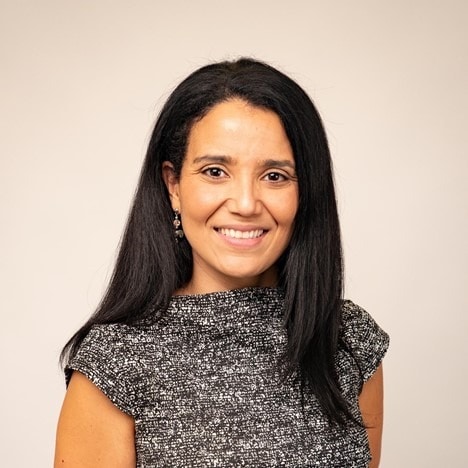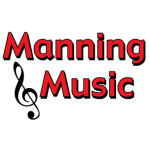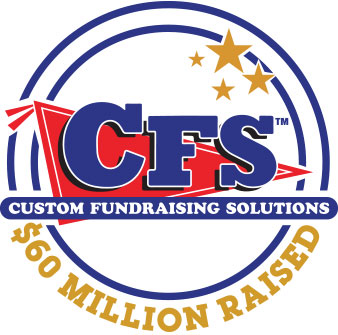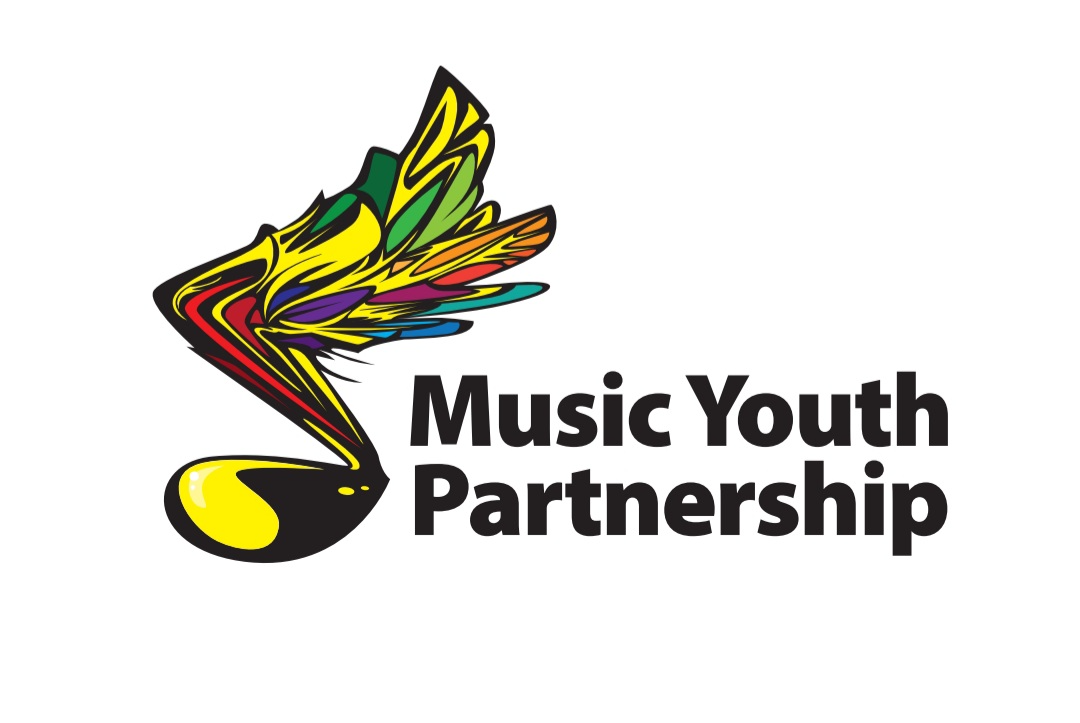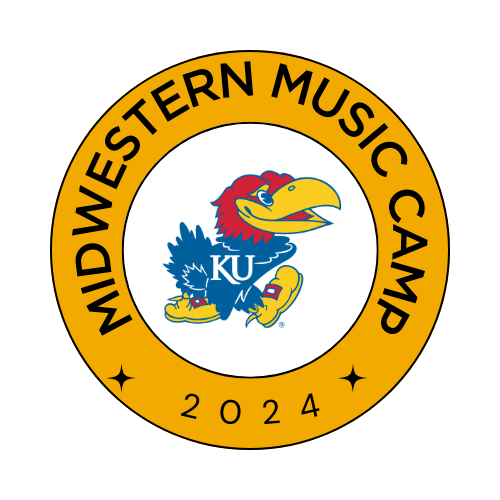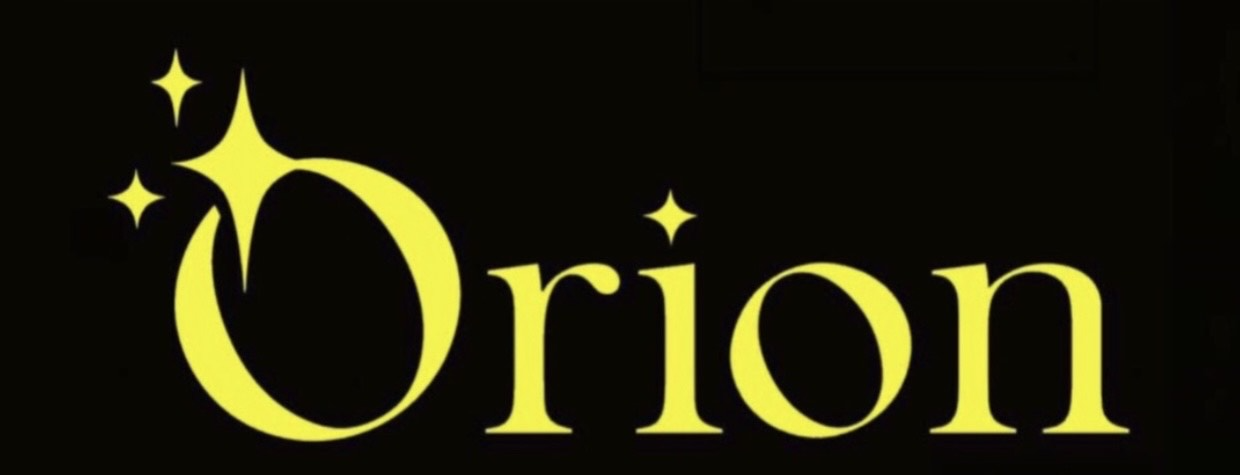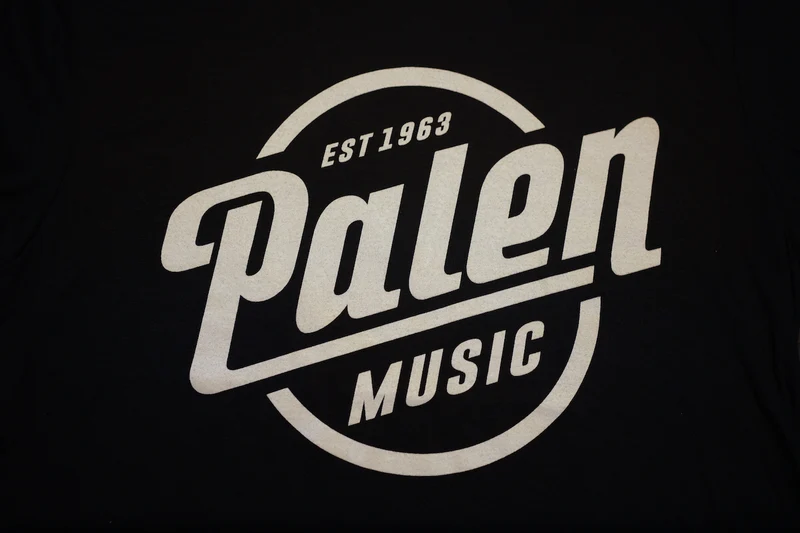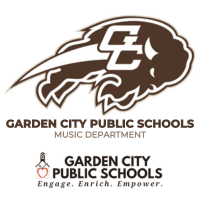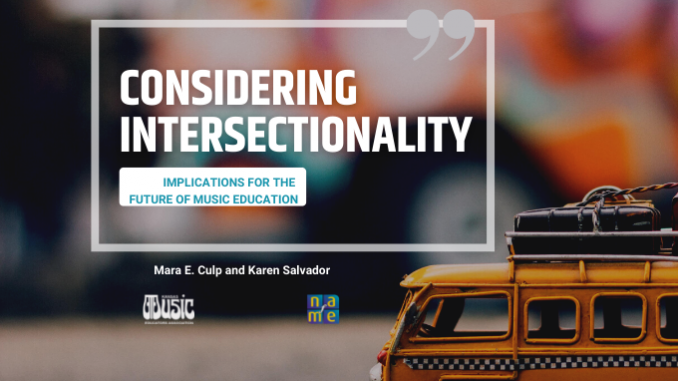
Implications for the Future of Music Education
By NAfME Members Mara E. Culp and Karen Salvador
Reprinted with permission from the official NAfME blog Music in a Minuet.
Helping all learners develop individual musical identities and reach their fullest music-making potential drives our work. After noting the importance of intersectionality in children’s identities (Culp & Salvador, 2017), we examined how common themes among asset-based pedagogies (ABPs) may help us better serve every learner, and presented our initial interpretations at the National Association for Music Education (NAfME) PreK-12 Learning Collaborative (Salvador & Culp, 2021). Specifically, we identified areas of overlap and intersections among educational approaches that value students’ experiences and knowledge. We were pleased to be invited by NAfME to share some ideas based on our session in this post.
A Snapshot of the Past: Music Education as a Product of a Particular Place and Time
Although music has long been an important part of family and community interactions, music was first officially included in U.S. public school curricula less than 200 years ago. Having been first introduced into schools in the Northeast (Massachusetts) prior to the U.S. civil war, school music was built on practices that reflected a particular time, place, and belief system (see Eaklor, 1985), and served a particular set of learners. Unfortunately, school music, much like U.S. education at large, has not always provided the most welcoming or supportive environment for all students (e.g., students with disabilities, students of color, and children for whom English is a second language). As we approach school music’s bicentennial, we believe it is important to reflect on promising practices toward inclusive and equitable music education.
A Vision for the Future: Embracing Variation, Difference, and Complexity
Human difference is an inevitable and valuable part of existence. By recognizing the complexity with which multiple facets of human identity interact with/in society, we believe intersectionality may help teachers conceptualize and address the ways in which students have been marginalized in music education. Drawing on Collins (2015), we note that “the term intersectionality references the critical insight that race, class, gender, sexuality, ethnicity, nation, ability, and age operate not as unitary, mutually exclusive entities, but as reciprocally constructing phenomena that in turn shape complex social inequalities” (p. 2), and that it continues to evolve. Hence, we believe increasing equity in music education requires teachers design instruction grounded in inclusive approaches to teaching, which may call for altering existing curricula in ways that honor intersectionality.
Intersections in Asset-Based Pedagogies: Ideas for Praxis
Because ABPs honor learners’ strengths, experiences, and individuality, utilizing ABPs might help teachers enact inclusive praxis that honors intersectional identities. Recently, we identified shared practices among ABPs, including Universal Design for Learning (UDL), Culturally Responsive Education (CRE), and Trauma-Informed Education (TIE) that inform our personal praxes (Salvador & Culp, 2022). Below, we list principles of our praxes informed by the shared practices among these approaches. We have included examples of questions we have asked ourselves to help teachers begin or guide their own self-reflection and suggestions for practice that teachers can tailor for their particular circumstances:
- Practice Cultural Humility
- Questions for Reflection: What (musical) practices or customs do I find “strange?” Why do I feel this way? Is it possible that someone could view my practices or preferences as “strange?”
- Suggestion for Practice: Select one musical style or genre to learn more about. Discover its history, notable figures, and identify an aspect that resonates with you. Share what you discover with another person.
- Build Relationships with Families & Community
- Questions for Reflection: How often and in what ways do I reach out to students’ families to communicate about my music classes (e.g., content, events), gather their input, or share students’ growth and progress?
- Suggestion for Practice: Use the media approved/used by your school (e.g., Seesaw, Facebook, website, letters) to communicate with families about music class happenings. Include ways for families to “get involved” in the conversation by responding. Consider including “student spotlights” for children and families who are comfortable sharing accomplishments publicly; otherwise, share positive news with families privately (e.g., via phone call or email).
- Know and Value Individual Student Identities, Circumstances, Experiences, & Goals
- Questions for Reflection: In what ways do I make assumptions about my students’ identities, their musical experiences, or their aspirations related to music and beyond? How do I think my students are similar to or different from me or each other? How do I know or what led me to those conclusions?
- Suggestion for Practice: Choose one grade level or class and construct an age-appropriate assignment that asks students to share about music in their family or their own life. Students can submit their stories privately and have the option to present to classmates, school personnel, or community members (including families!). Submission and sharing may happen orally, in written form, visually, or in combination (e.g., PowerPoint, Pecha Kucha, Flipgrid)–options are endless!
- Honor Student Voice & Choice
- Questions for Reflection: How, and how often, do I try to find out about student musical preferences and include student music in instruction?
- Suggestion for Practice: Create a “Jam Jar.” Ask students to fill out a slip with a favorite song and put it in the jar. Ask students to include their name on the slip if they are comfortable with you sharing their name with the class if you play “their song.” Regularly use songs from the Jam Jar for a variety of musical goals.
- Establish Firm, Healthy Boundaries that Maintain High Expectations
- Questions for Reflection: When a student exhibits behavior I find challenging (e.g., aggression, defiance, or withdrawal), do I have ways to (re)engage them in music? How often and in what ways do I address students’ concerns about music classes or make changes (e.g., assignments, attire, course requirements) on the basis of my perceptions or their expressions of their needs? Are there times that such conversations are outside of my expertise? What resources may be available to me as I work to find out more about the ways I can design engaging instruction and maintain a generative learning environment?
- Suggestion for Practice: Work with students to establish music room values as a basis for developing shared behavioral and musical expectations. When reinforcing expectations, reminding students about expectations, or redirecting students toward positive actions, draw attention to these shared values. Revisit class expectations for further collaborative efforts to create and maintain a positive learning environment. Work with individual students, families, and teams as needed to ensure that these values and expectations are clear and in alignment with any schoolwide or individual plans.
- Reshape Curriculum
- Questions for Reflection: Who and/or what were the biggest influences on my curricular choices? Do I find myself recreating my own P-12 school music experiences? How often do I step outside my musical or pedagogical comfort zone in a school year or with a particular class?
- Suggestion for Practice: Participate in an experience that will expand your musical and pedagogical toolkit–one that stretches you outside your typical comfort zone. Use what you learn to adjust your teaching approach and/or content for a unit, class, or grade level and share your plan with a trusted colleague. Reflect on the experience and identify areas for further development.
Conclusion
Just as music education is a product of its past, so too are we as teachers. We must continue to challenge ourselves and take a critical inventory of our practices, even, and especially, when it feels uncomfortable or hard. The future of intersectional praxis will likely require teachers to abandon assumptions and move toward more individualized conceptions of “ideal” musicianship and achievement by expanding one’s views and skills while seeking to know learners through quality interactions that take place over time.
References and Resources
To help teachers achieve their goals, we offer the following resources for further reading.
Ainsworth, James W. “Does the Race of Neighborhood Role Models Matter? Collective Socialization Effects on Educational Achievement.” Urban Education 45, no. 4 (2010): 401–23.
Bartolome, Sarah J. “Melanie’s Story: A Narrative Account of a Transgender Music Educator’s Journey.” Bulletin of the Council for Research in Music Education 207-208 (2016): 25–47.
Bergonzi, Louis. “Sexual Orientation and Music Education: Continuing a Tradition.” Music Educators Journal 96, no. 2 (2009): 21–25.
Bond, Vanessa L. “Culturally Responsive Education in Music Education: A Literature Review.” Contributions to Music Education 42 (2017): 153–80.
Bradley, Deborah. “The Sounds of Silence: Talking Race in Music Education.” Action, Criticism, and Theory for Music Education 6, no. 4 (2007): 132–62.
Brown, Brené. Daring Greatly: How the Courage to be Vulnerable Transforms the Way we Live, Love, Parent, and Lead, Paperback ed. (New York: Avery, 2015).
Bulgren, Christopher W. “The Characteristics and Career Influences of Male Elementary General Music Teachers.” Bulletin of the Council for Research in Music Education 227 (2021): 45–65.
Collins, Patricia. H. “Intersectionality’s Definitional Dilemmas.” Annual Review of Sociology 41, no. 1 (2015): 1-20.
Constantine, Megan E. C. “The High School Musical Experiences of College Students” (Ph.D. diss., Case Western Reserve University, Cleveland, OH, 2011).
Crenshaw, Kimberlé. “Demarginalizing the Intersection of Race and Sex: A Black Feminist Critique of Antidiscrimination Doctrine, Feminist Theory and Antiracist Politics.” University of Chicago Legal Forum 1989, no. 1 (1989): article 8.
Culp, Mara E. and Matthew Clauhs, “Factors that Affect Participation in Secondary School Music: Reducing Barriers and Increasing Access.” Music Educators Journal 106, no. 4 (2020): 43-49.
Culp, Mara E. and Karen Salvador, “Embracing Human Difference in Music Education: Suggestions for Honoring Diversity in Music Classrooms” [Web log post 12/21/17]. National Association for Music Education Music in a Minuet Blog.
Culp, Mara E. and Karen Salvador. “Music Teacher Education Program Practices: Preparing Teachers to Work with Diverse Learners.” Journal of Music Teacher Education 30, no. 2 (2021): 51-64.
Curi, Maria. “A Short History of Trauma-Informed Care.” Iowa Center for Public Affairs Journalism, June 15, 2018.
Drury, Benjamin J., John Oliver Siy, and Sapna Cheryan. “When Do Female Role Models Benefit Women? The Importance of Differentiating Recruitment from Retention in STEM.” Psychological Inquiry 22, no. 4 (2011): 265–69.
Eaklor, Vicki L. “Roots of an Ambivalent Culture: Music, Education, and Music Education in Antebellum America.” Journal of Research in Music Education 33, no. 2 (1985): 87-99.
Elpus, Kenneth. “Music Teacher Licensure Candidates in the United States: A Demographic Profile and Analysis of Licensure Examination Scores.” Journal of Research in Music Education 63, no. 3 (2015): 314–35.
Elpus, Kenneth and Carlos R. Abril. “Who Enrolls in High School Music? A National Profile of US Students, 2009–2013.” Journal of Research in Music Education 67, no. 3 (2019): 323–38.
Elpus, Kenneth and Bruce Allen Carter. “Bullying Victimization Among Music Ensemble and Theatre Students in the United States.” Journal of Research in Music Education 64, no. 3 (2016): 322–43.
Felitti, Vincent J., Robert F. Anda, Dale Nordenberg, David F. Williamson, Alison M. Spitz, Valerie Edwards, and James S. Marks, “Relationship of Childhood Abuse and Household Dysfunction to Many of the Leading Causes of Death in Adults: The Adverse Childhood Experiences (ACE) Study,” American Journal of Preventive Medicine 14, no. 4 (1998): 245–58.
Garrett, Matthew L. and Fred P. Spano. “An Examination of LGBTQ-Inclusive Strategies Used by Practicing Music Educators.” Research Studies in Music Education 39, no. 1 (2017): 39–56.
Gay, Geneva. Culturally Responsive Teaching: Theory, Research, and Practice (New York: Teacher’s College Press, 2010).
Hall, Tracey E., Anne Meyer, and David H. Rose, eds. Universal Design for Learning in the Classroom: Practical Applications (New York: Guilford Press, 2012).
Harry, Adam G. and Karen Salvador. “Fostering Critical Reflection and Productive Dialogue in Music Teacher Education.” Journal of Music Teacher Education 31, no. 1 (2021): 9-22.
Hess, Juliet L. “Cultural Competence or the Mapping of Racialized Space: Cartographies of Music Education.” Bulletin of the Council for Research in Music Education 227 (2021): 7–28.
Hess, Juliet L. Music Education for Social Change: Constructing an Activist Music Education. Routledge, 2019.
Hoffman III, Edward C. “The Status of Students with Special Needs in the Instrumental Musical Ensemble and the Effect of Selected Educator and Institutional Variables on Rates of Inclusion” (Ph.D. diss., The University of Nebraska–-Lincoln, 2011).
Ladson-Billings, Gloria. “Culturally Relevant Pedagogy 2.0: aka the Remix.” Harvard Educational Review 84, no. 1 (2014): 74–84.
Ladson-Billings, Gloria. The Dreamkeepers: Successful Teachers of African American Children, 2nd ed. (San Francisco, CA: John Wiley & Sons, 2009).
López, Francesca A. “Altering the Trajectory of the Self-Fulfilling Prophecy: Asset-Based Pedagogy and Classroom Dynamics.” Journal of Teacher Education 68, no. 2 (2017): 193–212.
Matthews, Wendy K. and Karen Koner. “A Survey of Elementary and Secondary Music Educators’ Professional Background, Teaching Responsibilities and Job Satisfaction in the United States.” Research and Issues in Music Education 13, no. 1 (2017): article 2.
McPherson, Gary E. and John McCormick. “Self-Efficacy and Music Performance.” Psychology of Music 34, no. 3 (2006): 322–36.
National Association for Music Education. “Equity and Access in Music Education: A Position Statement of the National Association for Music Education (NAfME).” Retrieved March 22, 2022.
National Association for Music Education. “Inclusivity and Diversity in Music Education: A Position Statement of the National Association for Music Education.” Retrieved March 22, 2022.
Paris, Django and H. Samy Alim, eds. Culturally Sustaining Pedagogies: Teaching and Learning for Justice in a Changing World (New York: Teachers College Press, 2017).
Parker, Elizabeth C. and Tami J. Draves. “Tensions and Perplexities within Teacher Education and P–12 Schools for Music Teachers with Visual Impairments.” Arts Education Policy Review 119, no. 1 (2018): 42–52.
Parsad, Basmat and Maura Spiegelman. “Arts Education in Public Elementary and Secondary Schools, 1999–2000 and 2009–10. (NCES 2012-014),” National Center for Education Statistics, Institute of Education Sciences (Washington, DC: U.S. Department of Education, 2012).
Rickels, David A., Wesley D. Brewer, Kimberly H. Councill, William E. Fredrickson, Michelle Hairston, David L. Perry, Ann M. Porter, and Margaret Schmidt. “Career Influences of Music Education Audition Candidates.” Journal of Research in Music Education 61, no. 1 (2013): 115–34.
Robison, Tiger. “Male Elementary General Music Teachers: A Phenomenological Study.” Journal of Music Teacher Education 26, no. 2 (2017): 77–89.
Rosenthal, Robert and Lenore Jacobson. “Pygmalion in the Classroom.” The Urban Review 3, no. 1 (1968): 16-20.
Salvador, Karen and Kristen Allegood. “Access to Music Education with Regard to Race in Two Urban Areas.” Arts Education Policy Review 115, no. 3 (2014): 82–92.
Salvador, Karen and Keith Corbett. “‘But I Never Thought I’d Teach the Little Kids’: Secondary Teachers and Early-Grades Music Instruction.” Music Educators Journal 103, no. 1 (2016): 55–63.
Salvador, Karen, and Jacqueline Kelly-McHale. “Music teacher educator perspectives on social justice.” Journal of Research in Music Education 65, no. 1 (2017): 6-24.
Salvador, Karen and Mara E. Culp. “An Intersectional Approach to Music Education.” Conference Presentation at National Association for Music Education PreK-12 Learning Collaborative, Online, February 27, 2021.
Salvador, Karen and Mara E. Culp. “Intersections in Music Education: Implications of Universal Design for Learning, Culturally Responsive Education, and Trauma-Informed Education for P-12 Praxis. Music Educators Journal (2022-Forthcoming).
Sheldon, Deborah A. and Linda A. Hartley. “What Color is Your Baton, Girl? Gender and Ethnicity in Band Conducting.” Bulletin of the Council for Research in Music Education 192 (2012): 39–52.
Substance Abuse and Mental Health Services Administration. “SAMHSA’s Concept of Trauma and Guidance for a Trauma-Informed Approach.” HHS Publication No. (SMA) 14-4884, (Rockville, MD: Substance Abuse and Mental Health Services Administration, 2014).
Villegas, Ana María and Jacqueline Jordan Irvine, “Diversifying the Teaching Force: An Examination of Major Arguments.” The Urban Review 42, no. 3 (2010): 175–92.
Yosso, Tara J. “Whose Culture has Capital? A Critical Race Theory Discussion of Community Cultural Wealth.” Race Ethnicity and Education 8, no. 1 (2005): 69-91.
About the authors:
NAfME member Mara E. Culp is Assistant Professor of Music Teaching and Learning at Eastman School of Music. She has taught general, choral, and instrumental music. Diversity, access, equity, and inclusion drive her scholarly interests, where she investigates topics related to music for students with special education needs, music and communication, interdisciplinary collaboration, intersectionality, and music for young learners. She collaborates frequently and her work has been published in Journal of Research in Music Education, Music Educators Journal, Journal of General Music Education, Journal of Music Teacher Education, and Music Therapy Perspectives, among others; and featured in NAfME’sMusic in a Minuet. Learn more about Mara on her website, on the Eastman School of Music website here and learn about the Music Teaching and Learning program at Eastman here, and connect with her on LinkedIn.
Karen Salvador, PhD, is Assistant Professor of Music Education at Michigan State University. She directs the early childhood music education programs at both MSU Community Music Schools, teaches undergraduate courses on early childhood and elementary general music methods, and facilitates graduate seminars on research and psychology. Karen wrote the material on inclusive practices in Music Play 2, serves on the editorial boards of the Journal of Music Teacher Education and the International Journal of Music in Early Childhood, and is President of NAfME’s North Central Division. Her research centers on meeting individual student needs and music teacher education for equity. Learn more about Karen Salvador here.

